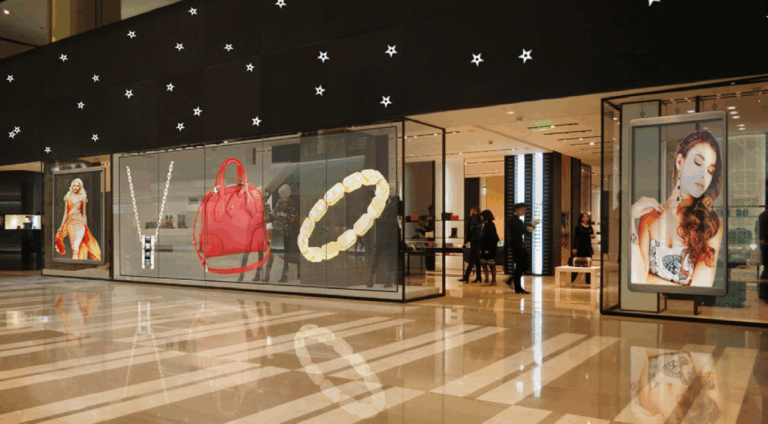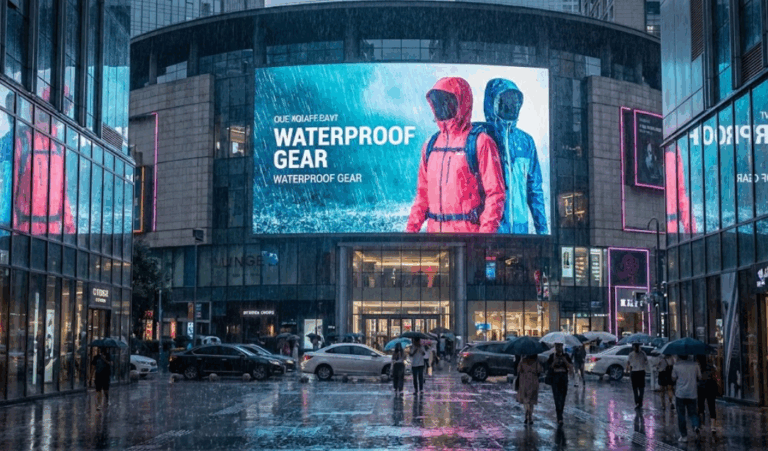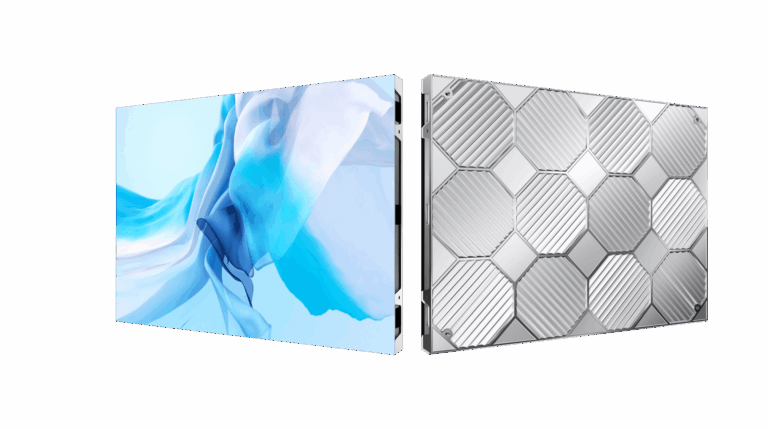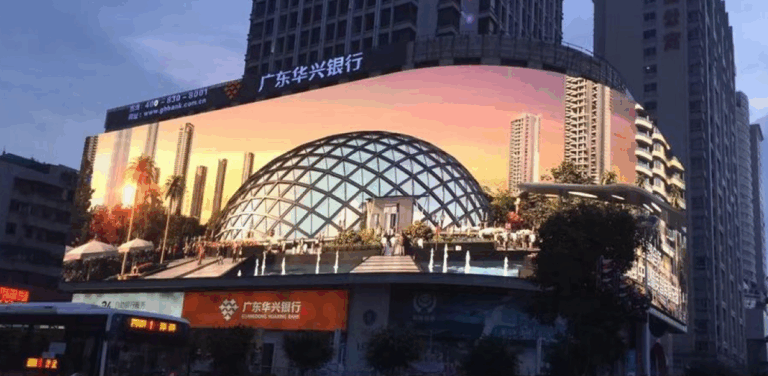Table of contents
Application fields of indoor LED display in Israel
Technical Specifications of Israel Indoor LED Display
Cost and Investment of Israel Indoor LED Display
Installation process of indoor led display
With the continuous acceleration of the urban modernization process, LED displays have been widely used in the fields of urban high-rise lighting, architectural art improvement and other fields; with the new visual experience of LED displays, ultra-light and ultra-thin appearance design and high-end fashion The atmosphere of science and technology has brought out a new display image and development opportunities.
Application fields of indoor LED display in Israel
Commercial advertisement: In shopping malls, shopping centers, department stores and other commercial places, indoor LED displays are used to play advertisements, promote products, promotional information, etc., to attract customers’ attention.
Conferences and activities: In conferences, exhibitions, lectures, training and other event venues, indoor LED displays can be used to display speech content, exhibition information, interactive communication, etc.
Stadiums: In stadiums, sports centers and other places, indoor LED displays are used to broadcast live games, scores, replays, sponsor advertisements, etc.
Theaters and performance venues: In theaters, concert halls, and performance venues, indoor LED displays can be used to display stage effects, subtitles, highlight clips, etc., to enhance the performance experience. Free application guide for stage led display.
Hotels and restaurants: In indoor environments such as hotel lobbies and restaurants, indoor LED displays can be used to display menus, special information, welcome words, etc.

Technical Specifications of Israel Indoor LED Display
The technical specifications of Israeli indoor LED displays can vary depending on the supplier, project needs, and application scenarios.
Pixel pitch (Pixel Pitch): The pixel pitch determines the resolution and picture quality of the display, usually expressed in millimeters, and a smaller pixel pitch means higher resolution and better picture quality.
Brightness: Brightness determines the display effect of the display under different ambient light, expressed in nits (nits), and higher brightness is suitable for bright environments.
Contrast: Contrast indicates the difference between black and white of the display, and a higher contrast can produce a richer picture effect.
Refresh rate: The refresh rate determines how many times the display refreshes the image per second, usually expressed in hertz (Hz), and a higher refresh rate can reduce image flickering.
Color performance: The range of color gamut and color saturation affect the color performance of the display, and a wider color gamut and high color saturation can present more vivid colors.
Screen size: The physical size of a display screen is usually expressed in inches, and the size affects the presentation of the displayed content.
Materials and protection levels: The materials and protection levels used for a display affect its durability and protection in different environments.
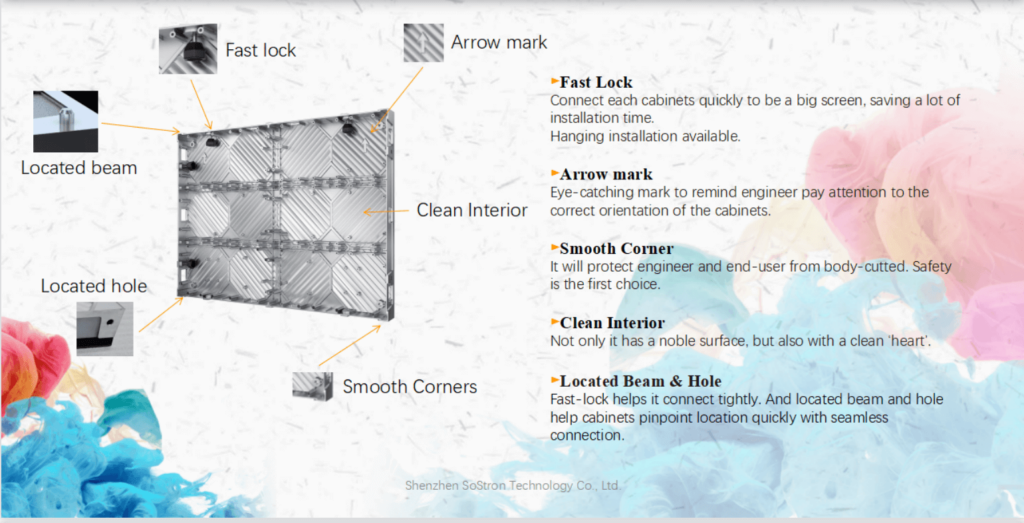
Cost and Investment of Israel Indoor LED Display
The price of the LED screen is floating, and the ex-factory price is also different according to the different needs of customers. In general, the indoor LED display screen in Israel is about 200-3000 US dollars per square meter, especially the P4.81, P2.33, P1.25 indoor LED display screen, the price will be more expensive. The same type of LED screen, when the area is different, the price will change accordingly. The unit area will gradually increase with the increase of the area. Buying a larger area LED screen can save costs, and the quality is also guaranteed.
Israel’s indoor LED display has brought added value to the local area and attracted a large number of customers. This advanced technology plays a huge role in marketing and business advancement. Its unique advantages can increase the conversion rate and create rich business leads. In addition, through powerful visual effects, it injects vitality into the promotion of brand image and popularity, which in turn increases product and brand loyalty.
More importantly, the indoor LED display is not just a business investment, it represents future returns. According to reliable data, enterprises choose to use LED display for marketing, and their business growth rate can be as high as 15% to 150%. Therefore, when discussing LED display technology with customers in depth, in addition to emphasizing its excellence in advertising and customer service, it should also emphasize its key role in the process of achieving effective revenue generation. The combined benefits of this technology cannot be underestimated, and its potential to lead commercial growth and open up new markets is emerging.
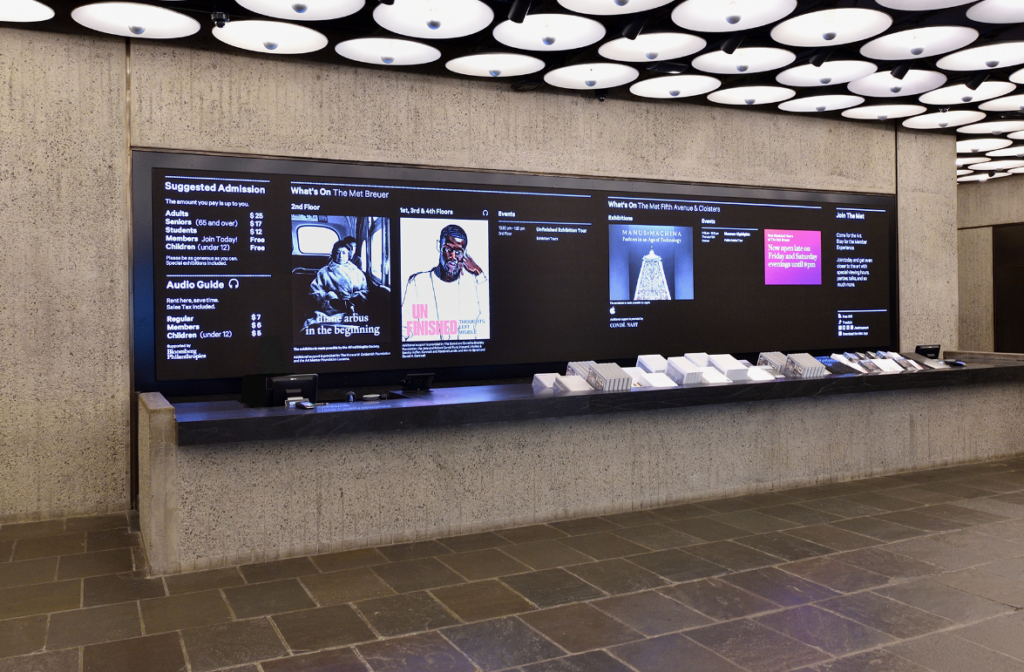
Installation process of indoor led display
Determine requirements and design: First, clarify your requirements, including display size, resolution, brightness, installation location, etc. According to these requirements, design the layout and installation scheme of the display screen.
Choose the right LED display: Choose the right LED display product based on your needs, making sure it meets your size, resolution and brightness requirements. For example: P2.5 indoor LED display, P1.8 indoor LED display, P1.2 indoor LED display. How much is the indoor led display?
Prepare the installation location: Determine the installation location of the display and make preparations. Make sure the wall or stand can bear the weight of the display, and also consider ventilation and heat dissipation.
Install brackets or fixtures: Depending on the design, install brackets, hangers, or other fixtures to ensure that the display can be securely fixed to the wall or ceiling.
Connect the power and signal cables: Connect the display to a power source and to a video signal source, usually a computer, video player, or other multimedia device. Make sure all connections are tight and secure.
Testing and debugging: Before formal installation, testing and debugging are carried out. Make sure that the display screen is working properly, displaying the correct content, uniform color, moderate brightness, etc.
To mount the display: Mount the display to the pre-prepared brackets or fixtures. Make sure it is fixed firmly, and pay attention to safety issues to ensure that no one will be injured if the display falls off.
Adjust display effect: For different environments and content, it may be necessary to adjust the brightness, color, contrast and other parameters of the display to obtain the best visual effect.
The combination of LED display screens and high-rise buildings is the result of the extension of modern cities, and it is also a new direction of architectural art under the background of the modern information age. It not only brings a new revolution to the construction of urban space, but also becomes a new carrier of cultural and artistic content. progress in social life.

